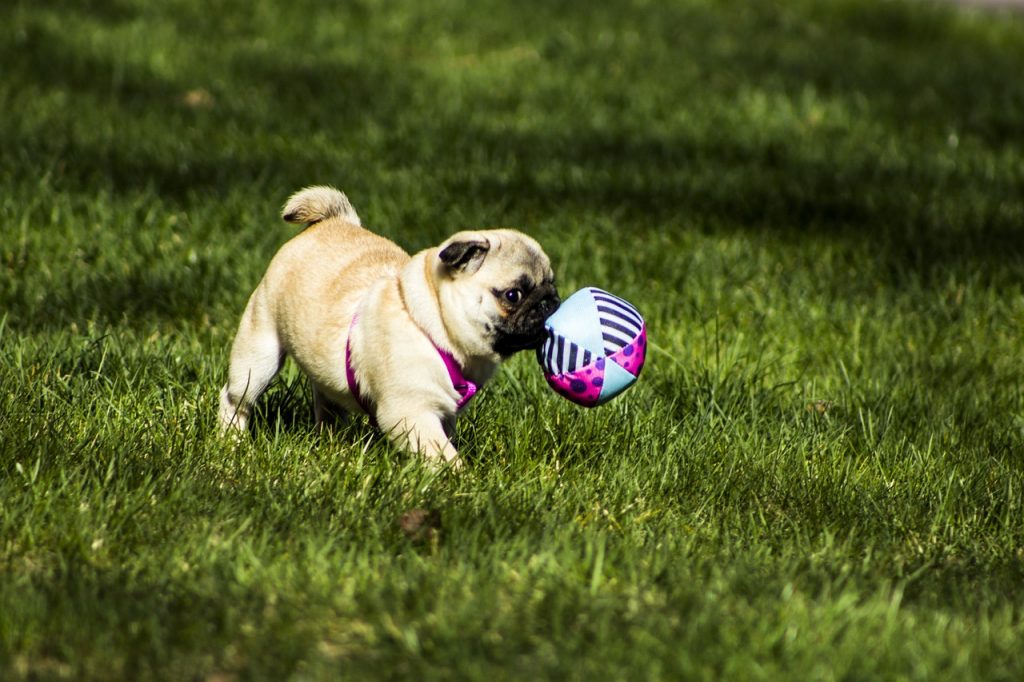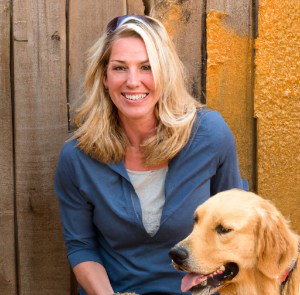February 10, 2019
The sugar alcohol substitute sweetener found in sugar free gum, candy, toothpaste, and some foods is toxic to dogs, causing hypoglycemia and liver failure. According to a chart prepared by Dr. Carlye Rose, DVM, Diplomate A.B.V.P., xylitol pet poisoning cases reported to the ASPCA Animal Poison Control Center more than doubled between 2017 and 2018. […]


